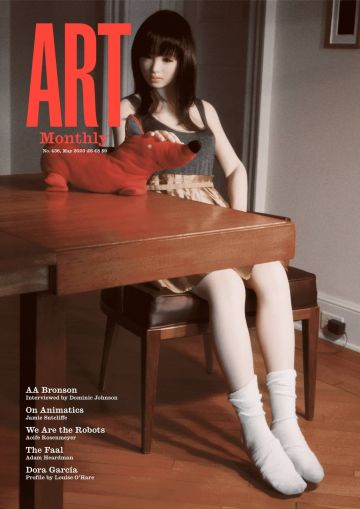Art Monthly 436
May 2020
AA Bronson
Interviewed by Dominic Johnson
On Animatics
Jamie Sutcliffe
We Are the Robots
Aoife Rosenmeyer
The Faal
Adam Heardman
Buy Now – select:
Want to read this right now?
Get instant access to the entire back catalogue via Exact Editions from only £8.99!
Contents
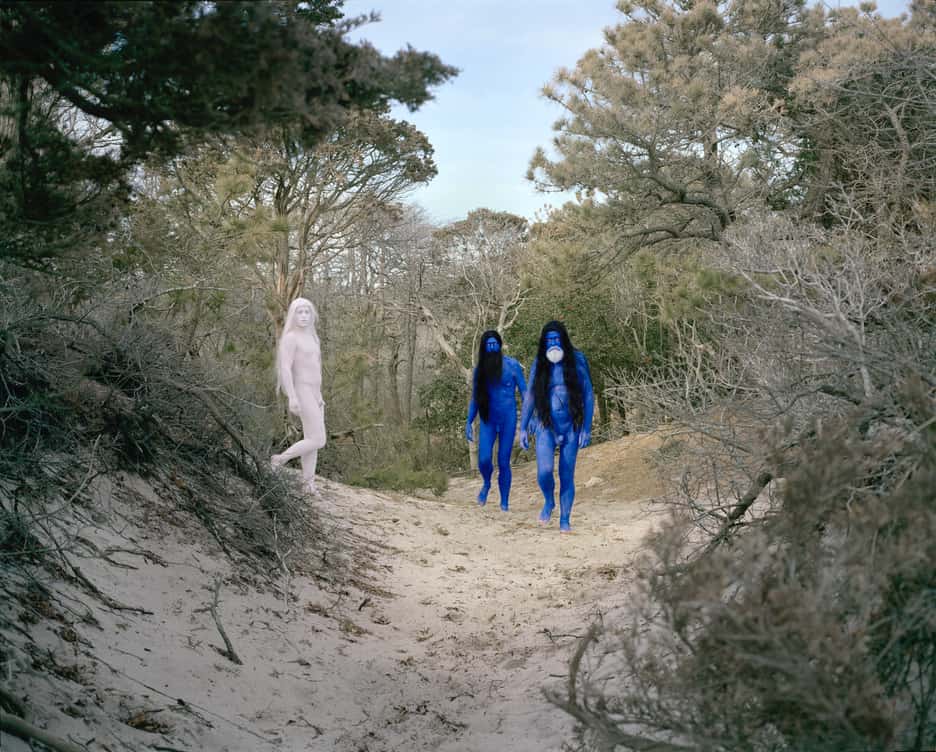
AA Bronson and Ryan Brewer, Blue, 2012
Feature
Going Viral
AA Bronson interviewed by Dominic Johnson
In 1970 we were already thinking about this idea of virality. Creating FILE magazine and basing it on LIFE magazine was for us like sending a parasite into the ‘straight world’ of magazine distribution. In our 1979 video Test Tube we talked about injecting deviant ideas about culture and sexuality into the cultural mainstream.
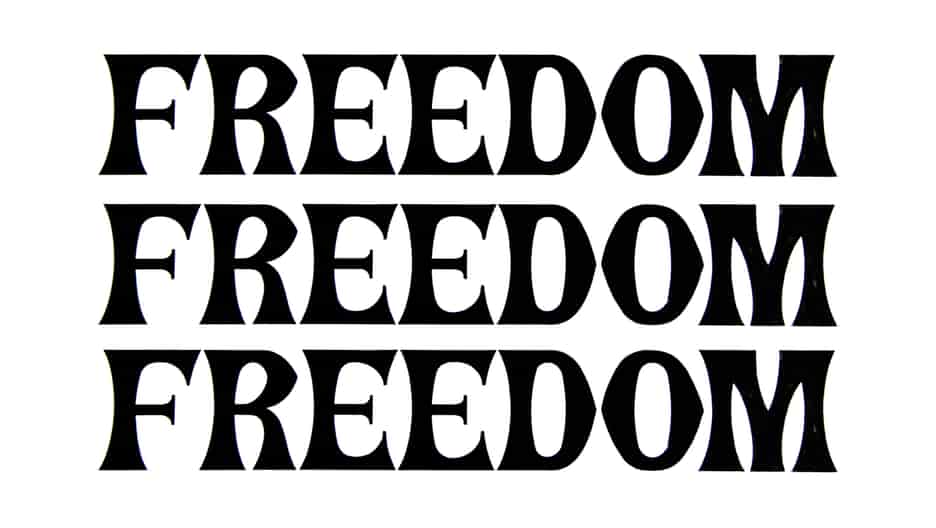
Adam Lewis-Jacob, Wildcat, 2017
Feature
On Animatics
Jamie Sutcliffe considers the immediacies and intimacies of the animated interface
The metamorphic and mutational fantasies of cartoons are no longer simply metaphorical, but appear to have been drawn into an uneasy proximity with the corporeal bodies that they have commonly sought to distort, disassemble and reconfigure.
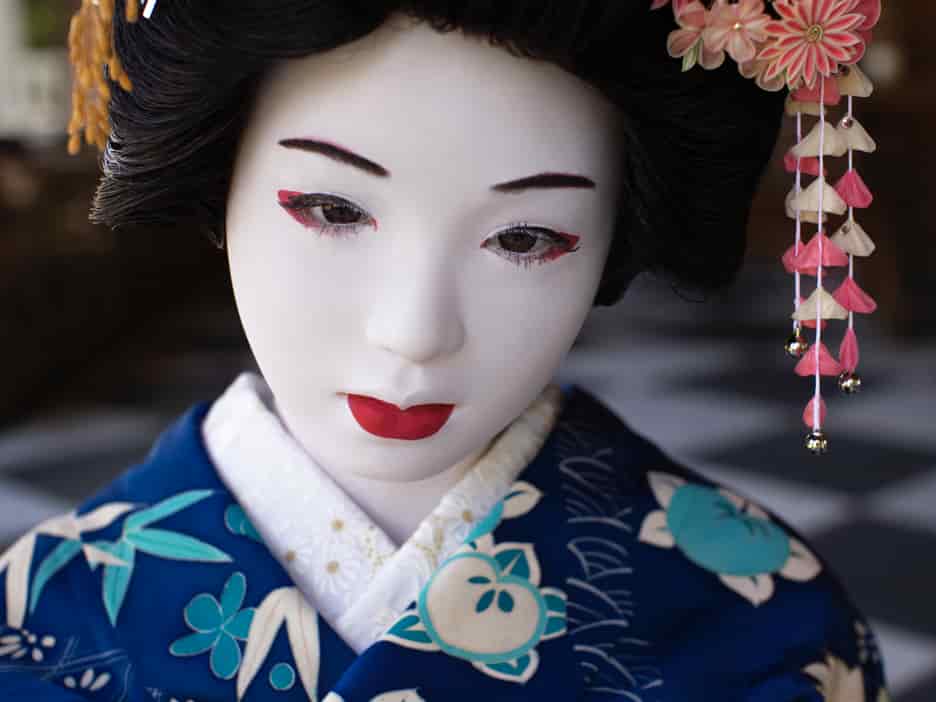
Laurie Simmons, The Love Doll / Day 32 (Blue Geisha Close-up), 2011
Feature
We Are the Robots
Aoife Rosenmeyer asks how should we coexist with robots and intelligent machines
Aleksandra Pryegalinska has recorded children employing the same speech forms used when interacting with Alexa or other smart speakers when talking to their friends – abbreviated, demanding and with few niceties. Conversely, another MIT study recorded children aged 3–10 talking to such digital agents as if they were human.
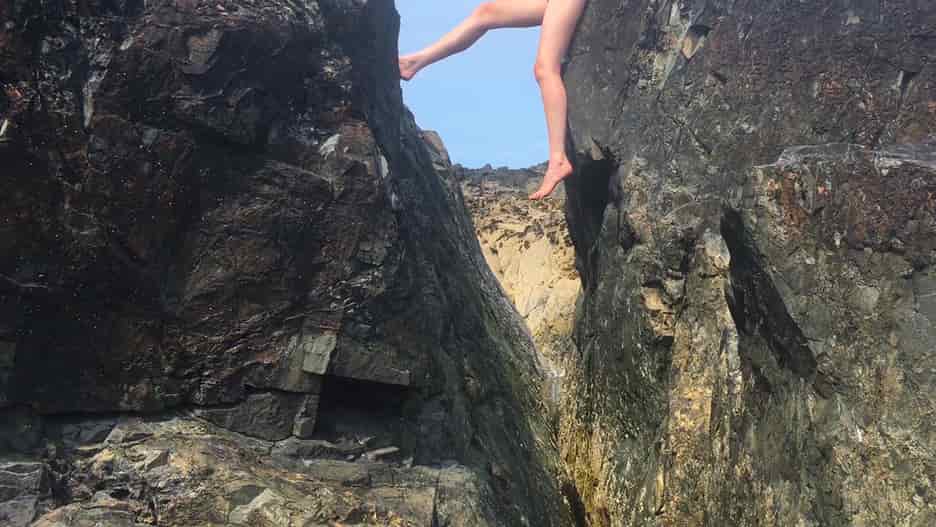
Rosanne Robertson, Pissing, 2019
Feature
The Faal
Adam Heardman on art, labour and the fall of the Red Wall
At the very least, the unprecedented Conservative majorities in Bishop Auckland and other parts of County Durham serve as a signal that this part of the country is ready to redefine and reinvent itself. It could well be up to contemporary artistic practice to ensure that this reinvention is a positive one.
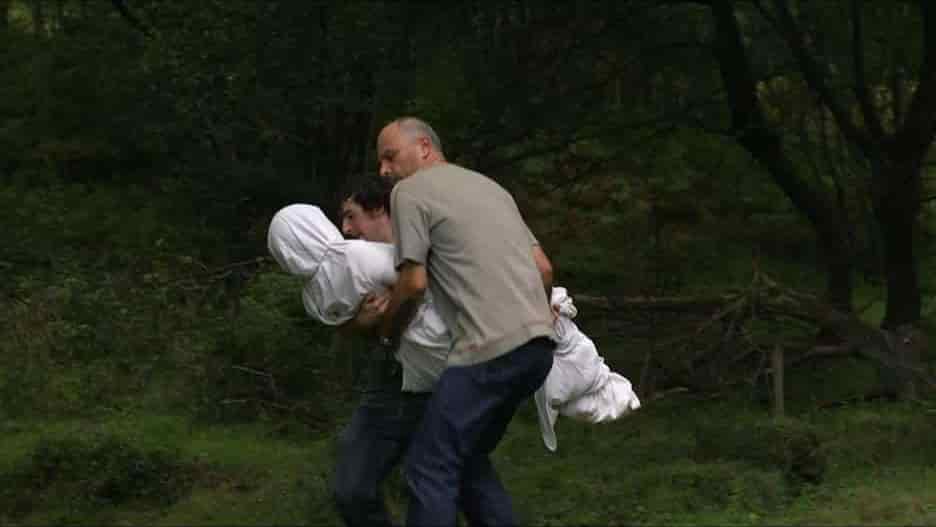
Dora Garcia, Second Time Around, 2018
Profile
Dora Garcia
Louise O’Hare considers the Spanish artist’s examination of regimes of control and coercion
It is worth noting that Dora Garcia has been producing works that utilise the potentials of online platforms since before many of us knew what ‘Web 2.0’ meant.
Editorial
Doom, Gloom and Boom
Although most of the population is stuck inside doomscrolling through daily charts of the infected and the dead, for some this crisis is a once-in-a-lifetime opportunity – Amazon, for example, or those planning to reorient the economy. When the emergency recedes, we must ensure that society wins back control from those who seek to exploit the turmoil.
As violinist Braimah Kanneh-Mason, one of the phenomenally talented family of musicians, put it in an interview, after all this is over, ‘it will be said that health workers got us out of this crisis, but art kept us sane’.
Letters
Decolonising Decolonialism?
Pierre d’Alancaisez questions Morgan Quaintance’s analysis of decolonial imperatives in the art world
In considering art’s contribution to systematic change, however, what the article appears to miss is the distinction between the characteristics of an actor and the actor’s external agency.
Morgan Quaintance responds
One cannot be an advocate of decolonisation while actively partaking in and therefore legitimising systems that are colonial legacies of resource extraction, of which capital flight and tax evasion are central tools. These are not metaphorical leaps or ‘alleged transgressions’, they are actual and admitted activities.
Artnotes
Postponed, Cancelled, Online
The art world shifts online in the wake of coronavirus; some countries allow a tentative reopening of galleries; RCA students protest at their courses and degree shows going virtual; artists seek support and, to some degree, receive it; US museums shed staff as the lockdown bites; art fairs struggle as galleries embrace online viewing rooms; plus the latest news on galleries, appointments, prizes and more.
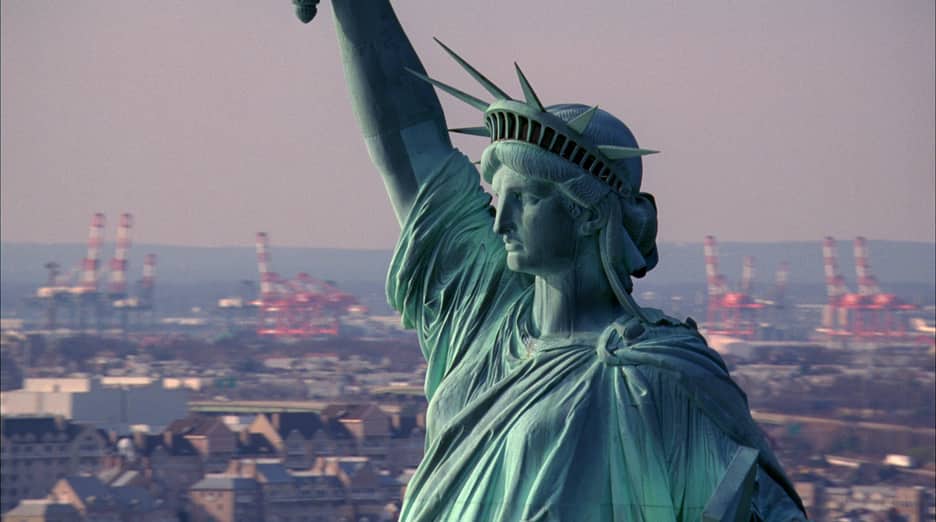
Steve McQueen, Static, 2009
from the exhibition at Tate Modern
Exhibitions
Steve McQueen
Tate Modern, London
Adam Hines-Green
Ian Law: drips the room
Piper Keys, London
Chris McCormack
Judy Price: The End of the Sentence
Stanley Picker Gallery, Kingston upon Thames
Rob La Frenais
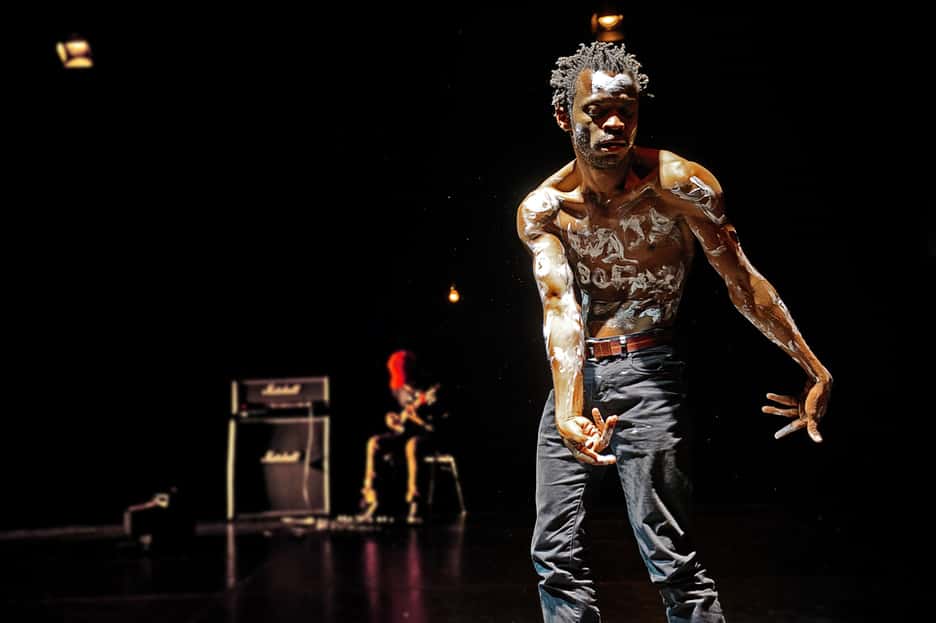
Faustin Linyekula, My Body, My Archive, 2020
Performance
BMW Tate Live: Our Bodies, Our Archives
Ellen Mara De Wachter
As they dance and sing to the beat of a drum, a voice advises Europe to look to Africa to know its future. Everyone’s future is fragility, it says, and the unique knowledge and skill Africa has developed – how to survive precarity – is precisely what the world needs now.
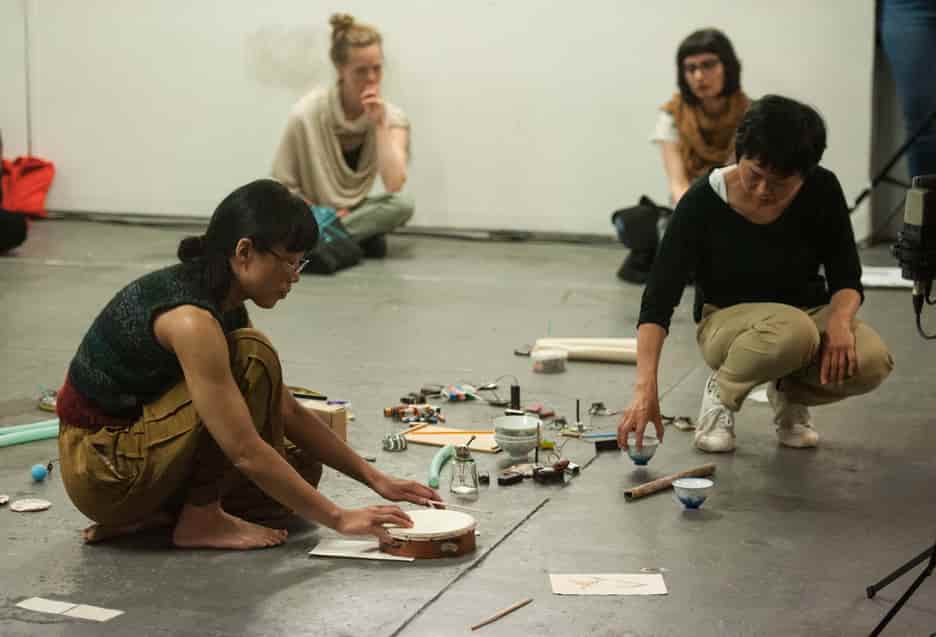
O Yama O performing at the Flatpack Festival in 2018
Books
David Toop: Inflamed Invisible – Collected Writings on Art and Sound 1976–2018
Paul Rekret
Readers familiar with David Toop’s work will recognise the themes that pervade this collection; most of all, they revolve around the question of what sound is, and how it might differ from music.
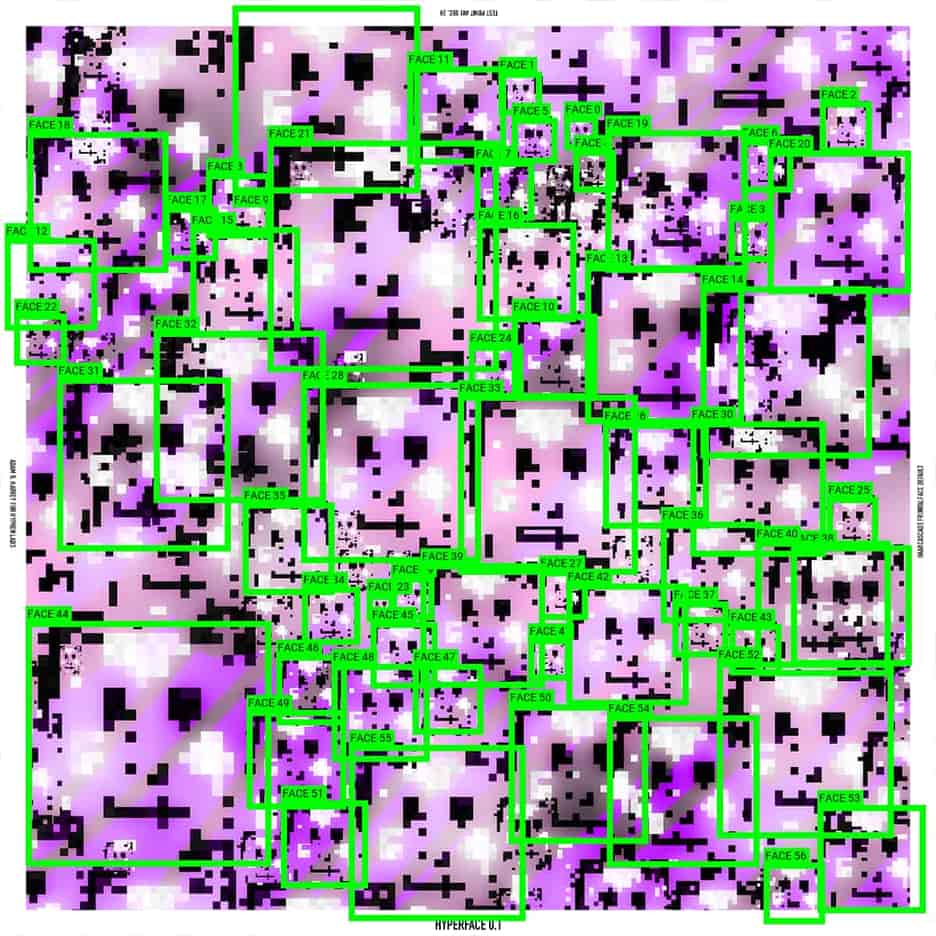
Adam Harvey, HyperFace project, 2016–
Books
Being Material
Richard Grayson
We are moving from a world where it was possible that nothing might lie outside language (be this the language of Jacques Lacan or that of computer code) to one where mute matter is conceived as having its own agency – carbon, methane, ice, oil – narrating us.
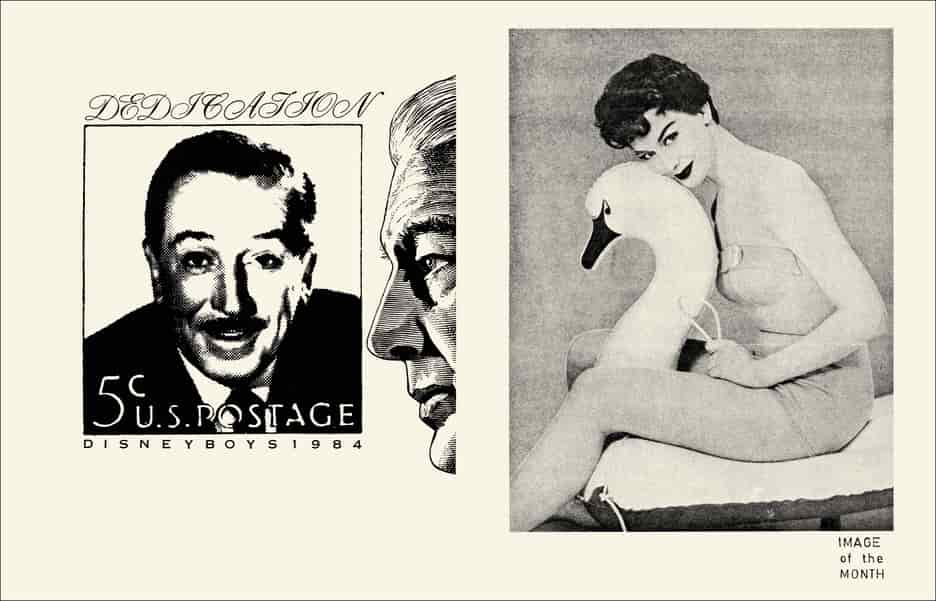
Art–Rite magazine spread
Books
Art–Rite
Karen Di Franco
Just as Art–Rite circumvented the traditional structures of art criticism to represent the artists and spaces the editors saw as marginalised by the discourse around art at that particular moment, Primary Information’s re-publication revives the relevancy of this approach for this era as artists, curators and researchers attempt to redefine aspects of the recent past that account for more inclusive narratives.
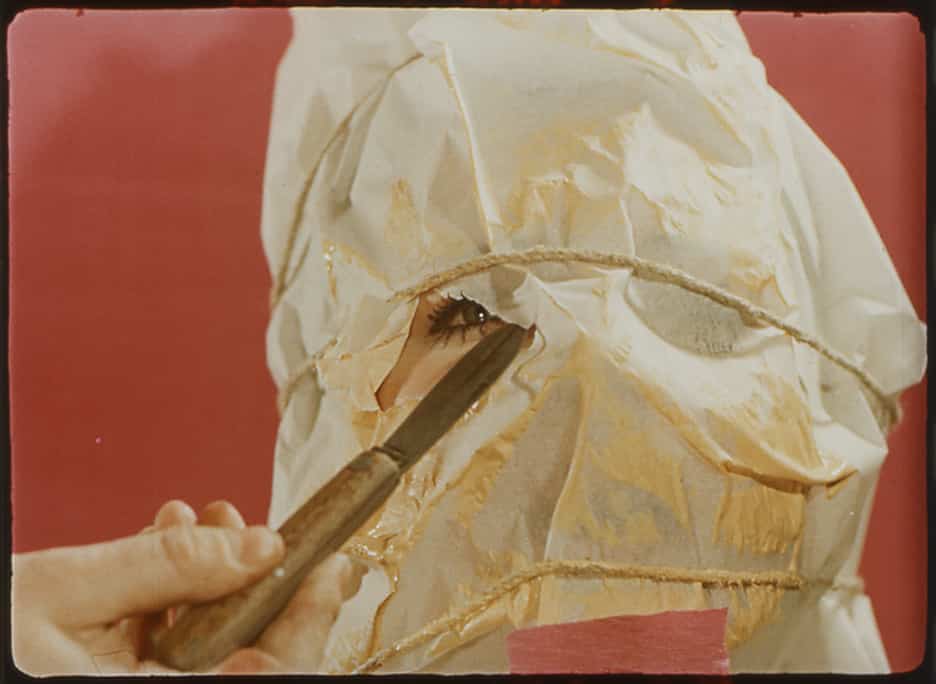
KwieKulik, Open Form – Game on an Actress’s Face, 1972
Books
Klara Kemp-Welch: Networking the Bloc – Experimental Art in Eastern Europe 1965–1981
David Briers
This indispensable and possibly unrepeatable study provides vivid descriptions of series of provisional but vital art projects that largely emanated from the artists’ private studios, kitchen tables and living rooms in cramped apartments, and yet which were circulated internationally via an inexpensive concatenating distribution process.
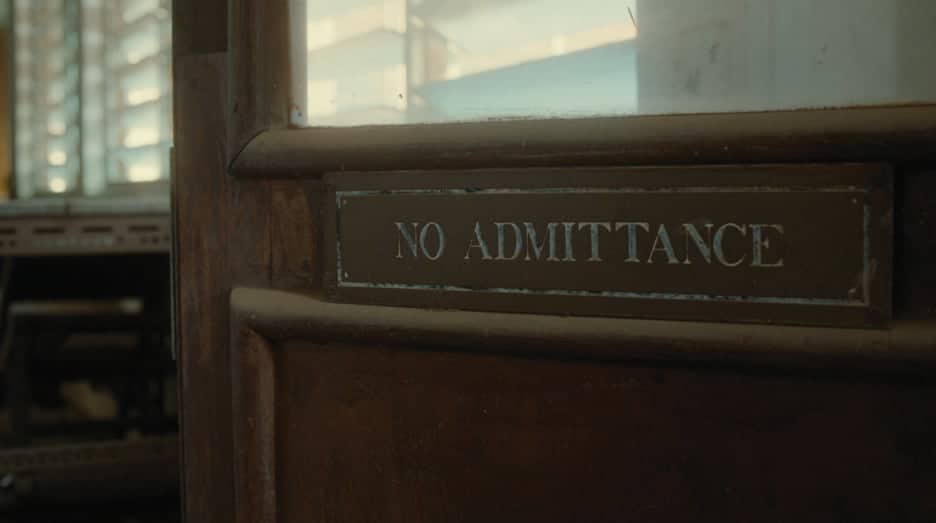
Onyeka Igwe, No Archive Can Restore You, 2020
Film
Artists in the Cinema 2020
Vladimir Seput
Onyeka Igwe instead imagines a place where clocks have stopped and the walls gradually decay, we watch as shadow and light play on cobwebs. Given that the films kept here are mainly unavailable for various reasons – the state they are in, complicated bureaucracy or a political unwillingness to show them – Igwe instead imagines the films based solely on their titles and creates ‘sonic shadows’.
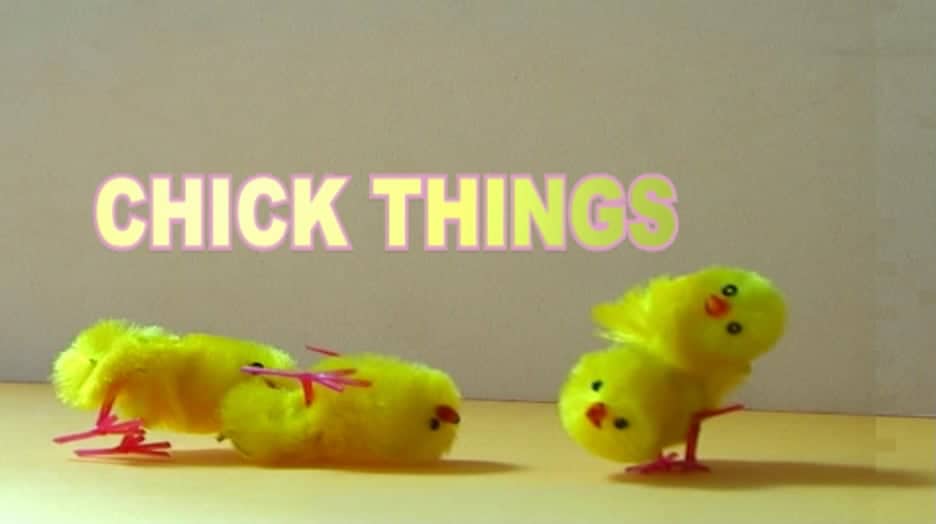
Sturtevant, Cut & Run Productions Chick Things, 2006
from the exhibition at Air de Paris
Letter from Paris
Palisades
Amy Budd
Exhibitions do not exist in a vacuum, and social relations are constantly undergoing transformation both inside and outside the gallery, underlined at this particular moment by a series of unsettling laminated signs dotted around gallery walls featuring two figures separate by a ‘1m’ arrow.
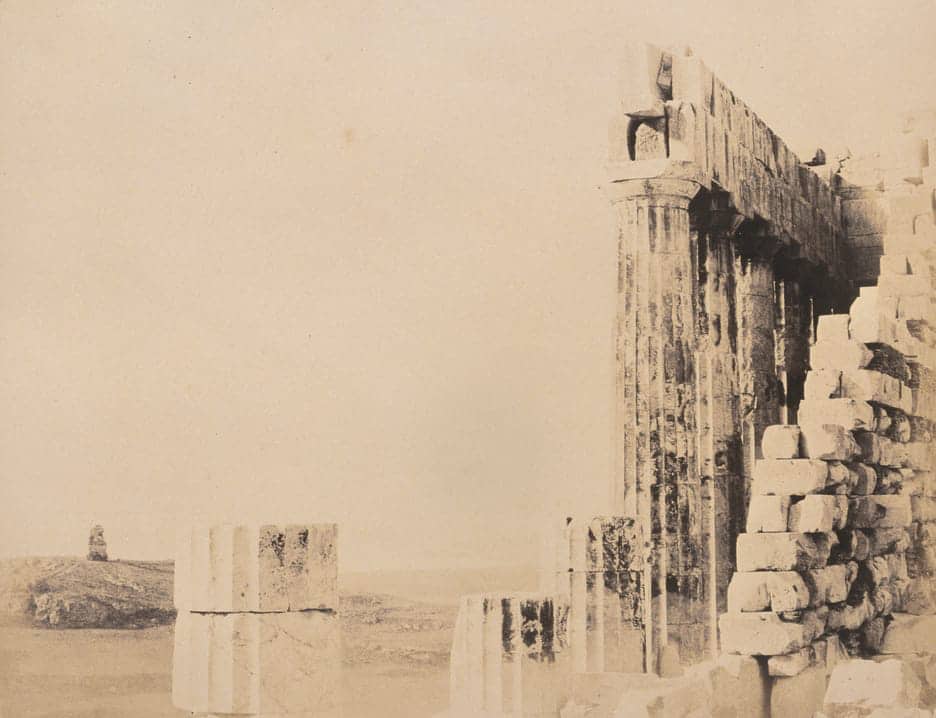
Felix Alexander Oppenheim, Acropolis, Athens. The Parthenon. Inner View, 1853, Ludwig Museum collection, Cologne
Letter from Cologne and Neuss
Razed and Rebuilt
Ned McConnell
Not only is this a rare and limited outing for these fragile original prints – they are only allowed into the light for a short period as they deteriorate so rapidly – but also the images themselves are of a silent, deserted Acropolis that speaks to the current moment vividly.
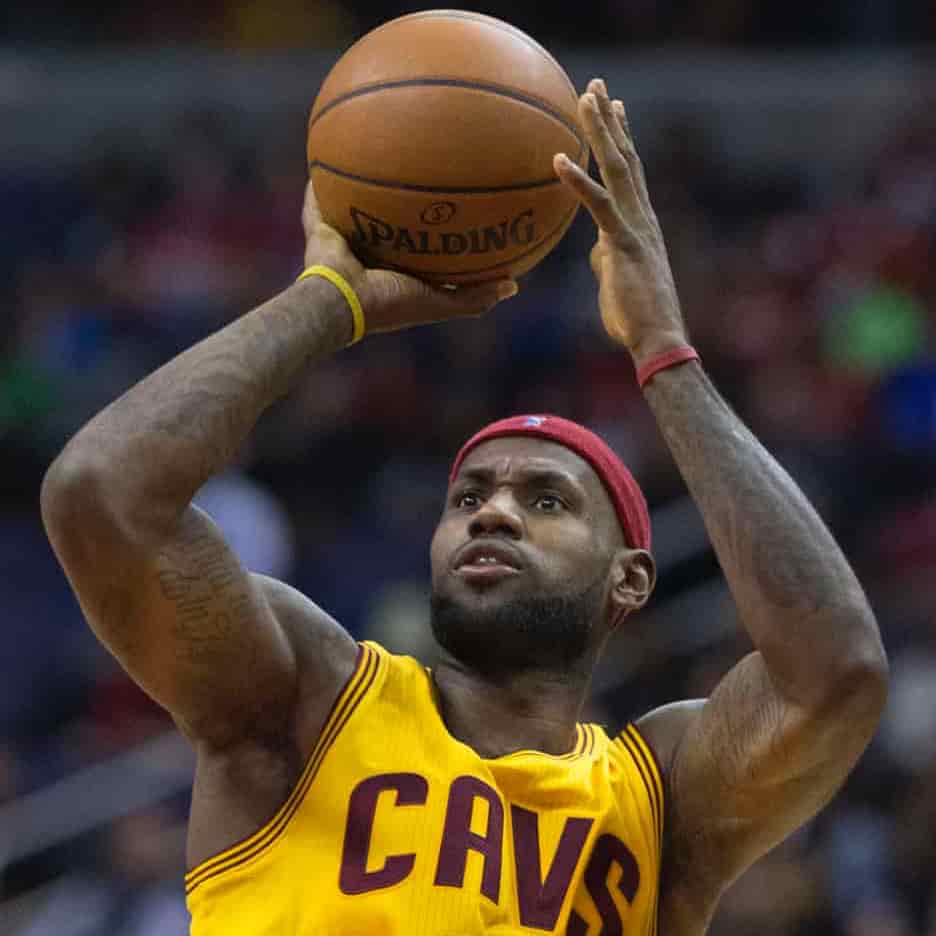
LeBron James playing for Cleveland Cavaliers in 2014
Artlaw
Tattoo You
Henry Lydiate
The court went on to explain that ‘the tattooists intended the players to copy and distribute the tattoos as elements of their likenesses, each knowing that the players were likely to appear in public, on television, in commercials, or in other forms of media’.

